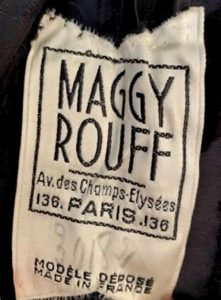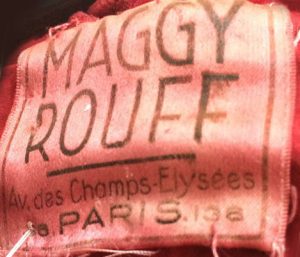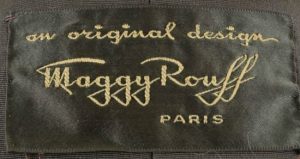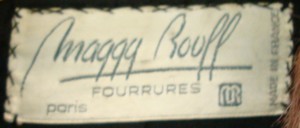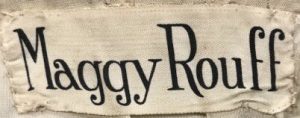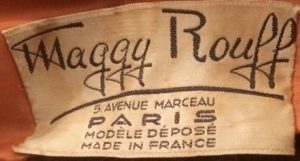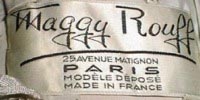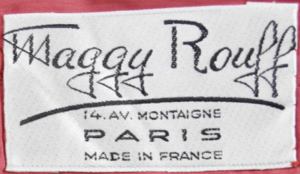Maggy Besançon de Wagner (1896-1971), of the Maggy Rouff fashion house, began designing at the House of Drecoll, where her parents were the directors. Her initial success was owed to the public’s fascination with the silver screen. When her gowns were worn by such icons of the early cinema as Theda Barra, Pola Negri, and Greta Garbo, her reputation was established.
The Maggy Rouff fashion house was opened in 1928. She continued to make lovely evening fashions, but was best known for her sportswear. She also designed day dresses and suits and lingerie. Rouff worked as a couturier, but she also had several successful ready-to-wear lines. Maggy Rouff retired in 1948, and her daughter, Anne-Marie Besançon de Wagner, became the designer. In the 1960s the couture was discontinued, with just the ready-to-wear remaining. In the late 1960s the business was closed.
Written by vintagegent.com
